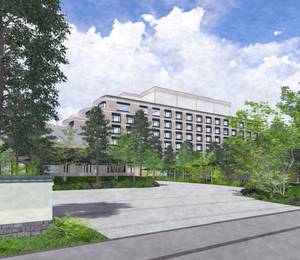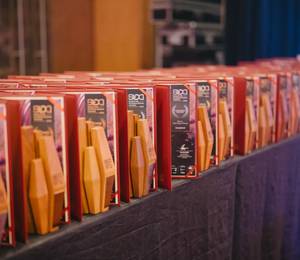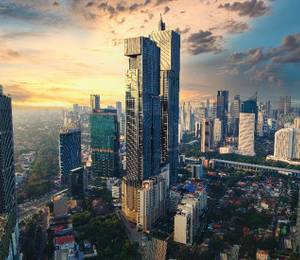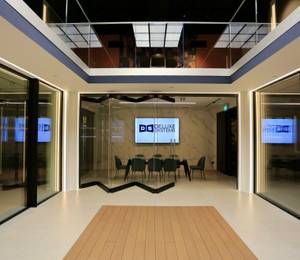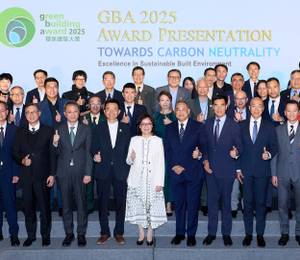Ho Chi Minh City, Vietnam – On 25 March 2021, global, award-winning consulting and design firm B+H, partnered with the Institute of the Smart City Management (ISCM) – UEH to host a hybrid in-person and virtual seminar to explore holistic planning strategies and solutions for building tomorrow’s healthy, sustainable, and resilient communities.
The engaging discussion was moderated by Dr Trinh Tu Anh, Director of the Institute of Smart City and Management of the University of Economics Ho Chi Minh. The panel of global speakers was comprised of B+H Principals Tom Hook, Steven Townsend, and Quan Nguyen. Tom Hook, Global Director of Planning & Landscape, has over 25 years of international experience as a master planner, landscape architect and project manager for large-scale urban developments in Asia, North America, and the Middle East. Steven Townsend, Asia Director of Planning, is a seasoned planning professional and industry leader in urban design with 30 years of experience on award-winning urban design and masterplan projects for multinational clients across Vietnam, Hong Kong, China, USA, Asia, Middle East, and Europe. Quan Nguyen, Director, Planning and Landscape Vietnam, currently leads B+H’s Planning and Landscape practice in Vietnam.
Drawing on B+H’s global expertise and experience in Vietnam, B+H Principal Steven Townsend discussed critical disruptors including: climate change, urbanisation, and the digital revolution that will affect how people build healthy and sustainable cities in an uncertain future. Meanwhile, Tom Hook shared integrated strategies and new planning principles, designed to test solutions for future flexibility, adaptability and resiliency when shaping spaces, communities, and cities of tomorrow. Regarding B+H’s approach to planning, Tom noted, “One of B+H‘s fundamental planning principles is blending biomimicry with planning and landscape design to uncover new models that are shaped to last by harnessing free energy, redundancies, and cyclical processes“. Tom continued to explain that the creation and maintenance of man-made systems, products, and processes often require a great amount of energy. Biomimicry uses natural systems to inspire innovation by addressing challenges and issues, reducing the environmental impact of development, and maintaining a sense of social responsibility.
Quan used the example of 200-hectare Hamlet Waterfront Development in Dong Nai Province as a prominent urban planning project case study that applied biomimicry principles to create a resilient community. “A biomimetic approach preserves the environment by working with the forces of nature to create a greater level of sustainability and resiliency. Through phased planning and development aimed at increasing access to and within the site via waterways, linear parks, streets, and walkways, the long-term vision positions the development as an active urban subcentre.”
The seminar was hosted at the ISCM Studio in Ho Chi Minh City with a parallel live online session attracting the participation of a diverse audience. Attendees included: local and international academia; practitioners; scholars and students in architecture, urban design, and planning; Vietnamese planning experts; in addition to professional planners from Singapore Planning Institutes; and distinguished guests.


